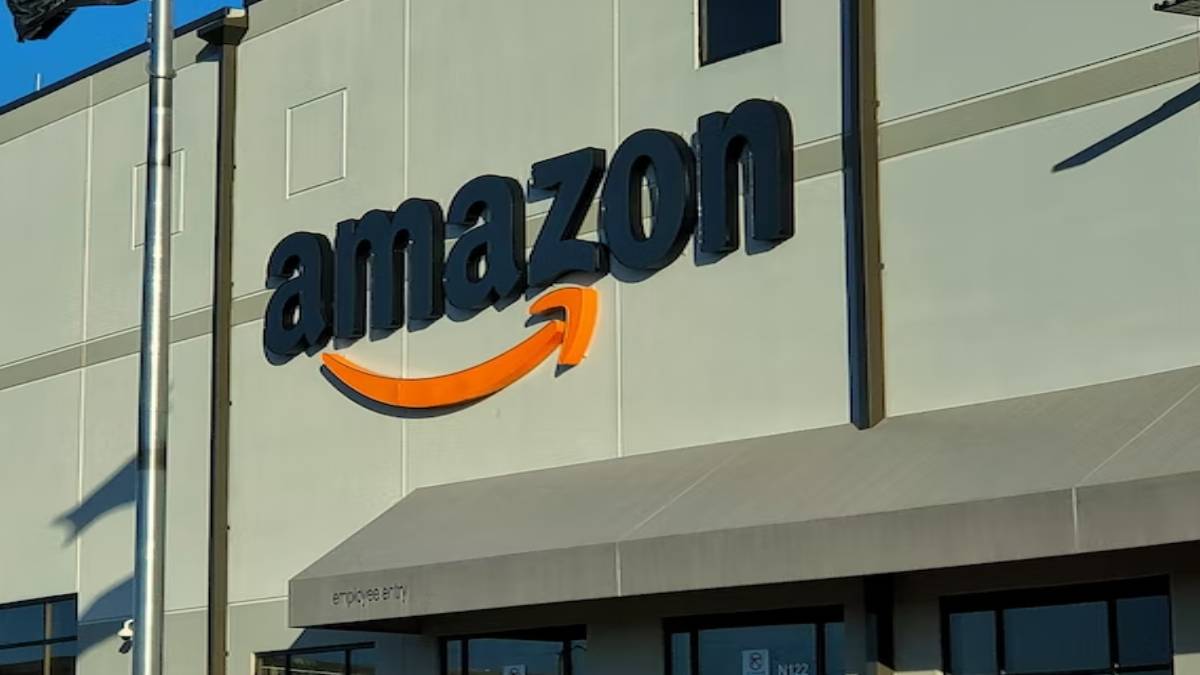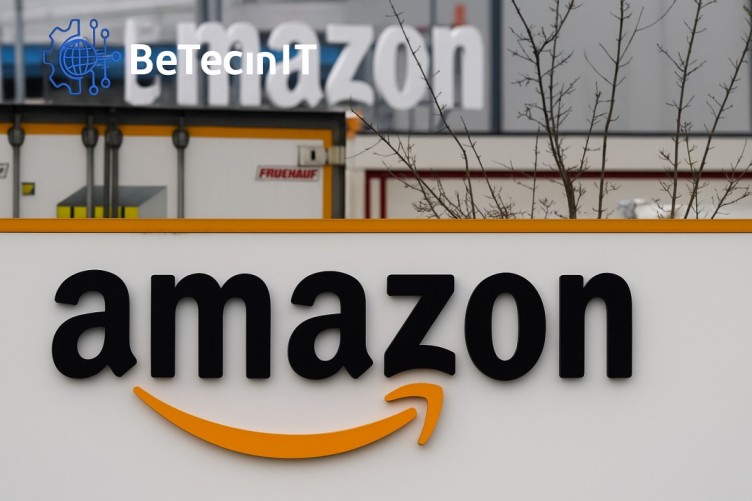Amazon, a giant in the tech and retail world, has made waves with its recent layoffs. Over the past couple of years, the company has let go of thousands of workers, sparking conversations about why this is happening and what it means for employees and the industry. In this blog post, we’ll break down the reasons for the Amazon layoffs, look at their effects on workers, see how the company is handling it, and think about what might happen next. This topic matters because it sheds light on trends in tech and the job market, which affect millions of people.
Why Amazon Is Cutting Jobs
The Amazon layoffs didn’t come out of nowhere. Several clear reasons explain why the company decided to reduce its workforce.
Economic Slowdown
One big factor is the economy. During the COVID-19 pandemic, Amazon saw a huge spike in online shopping. People stayed home and ordered more goods than ever, so the company hired a lot of workers to keep up. By 2021, Amazon’s workforce grew to over 1.6 million people worldwide. But as the pandemic eased and inflation kicked in, spending habits changed. Shoppers cut back, and Amazon didn’t need as many employees. The company had to adjust to this new reality.
Push for Automation
Another reason is technology. Amazon has been pouring money into robots and artificial intelligence (AI) to run its warehouses and delivery systems. For example, machines now sort packages and move items around, tasks that humans used to do. In 2023 alone, Amazon reported using over 750,000 robots across its operations. While this saves money and speeds things up, it also means fewer jobs for people. The layoffs reflect this shift toward a tech-heavy future.
Pressure to Boost Profits
Investors have also played a role. Amazon makes billions in revenue—$574.8 billion in 2023, to be exact—but its profits haven’t always matched that size. Shareholders want the company to focus on making more money, not just growing bigger. CEO Andy Jassy, who took over in 2021, has promised to trim costs. Cutting jobs is one way Amazon is trying to show it’s serious about profitability.
These factors—economic changes, automation, and investor demands—paint a picture of why Amazon layoffs are happening now.
Must Read: Rippling Valuation
How Layoffs Affect Amazon Workers
The layoffs have hit Amazon employees hard. Since late 2022, the company has cut more than 27,000 jobs, according to reports from The New York Times and Bloomberg. These cuts touch all kinds of roles, from warehouse workers to tech staff in offices.
Numbers and Departments
The first big wave came in November 2022, when Amazon announced 10,000 layoffs, mostly in its corporate and tech divisions like Alexa and retail operations. Then, in early 2023, another 17,000 jobs were slashed, reaching deeper into areas like human resources and even Amazon Web Services (AWS), the company’s cloud computing arm. These numbers show the scale of the impact.
Worker Experiences
For those losing jobs, the news often came fast. Some employees got emails or short meetings telling them their roles were gone. Amazon has offered severance—usually a few weeks of pay plus benefits for a limited time—but that doesn’t erase the stress. One former worker, quoted in The Wall Street Journal, said, “I gave years to this company, and now I’m starting over.” Stories like this highlight the human side of the Amazon layoffs.
Job Security Worries
Even employees who kept their jobs feel the pressure. With automation on the rise and more cuts possible, many wonder if they’re next. This uncertainty can hurt morale and make it tougher for Amazon to keep its remaining talent.
The layoffs aren’t just numbers—they’re changing lives and shaking up how people see working at Amazon.
How Amazon Is Handling the Layoffs
Amazon hasn’t stayed quiet about the layoffs. The company has taken steps to soften the blow and explain its actions.
Support for Workers
For those let go, Amazon has provided severance packages. Typically, this includes two weeks’ pay for every year worked, plus a few months of health insurance. The company also offers job placement help, letting some workers apply for other open roles inside Amazon or connecting them with outside opportunities. It’s not a perfect fix, but it shows an effort to support people.
Leadership’s Take
CEO Andy Jassy has spoken up too. In a 2022 memo, he called the layoffs “tough but necessary,” tying them to the need to focus on what matters most for Amazon’s future. He’s pointed to investments in AWS, AI, and delivery as areas where Amazon still sees growth. This messaging aims to calm employees and investors alike.
Public Backlash
Not everyone’s happy, though. Critics, including some labor groups, say Amazon could afford to keep more workers, given its $2 trillion valuation in 2024. They argue the layoffs clash with past promises to create jobs. This tension shows Amazon walking a fine line between business goals and its public image.
Amazon’s response blends practical help with a clear message: the company is changing, and layoffs are part of that shift.
What Amazon Layoffs Mean Going Forward
The layoffs aren’t just about today—they hint at what’s coming for Amazon and the tech world.
A New Kind of Workforce
Amazon’s focus on robots and AI could mean a smaller workforce in the future. Warehouses might rely on machines for repetitive tasks, while humans take on roles like coding or customer support that tech can’t fully replace yet. This could shrink the total number of jobs but make the ones left more skilled.
Slower Growth, Smarter Spending
The days of Amazon hiring at breakneck speed might be over. The layoffs suggest a more careful approach, where the company grows in areas like cloud computing (AWS brought in $90 billion in 2023) and cuts back elsewhere. It’s a sign Amazon wants to spend smarter, not just bigger.
A Trend in Tech
Amazon isn’t alone. Other tech giants like Google (12,000 layoffs in 2023) and Meta (11,000 in 2022) have also trimmed jobs. This wave reflects a cooling economy and a rethink of how tech companies operate after years of fast expansion. Amazon’s moves might push others to follow suit, especially if investors keep demanding leaner operations.
These shifts could reshape Amazon’s role in the job market and set new standards for the industry.

Comparing Amazon to Other Tech Layoffs
To get a fuller picture, let’s see how Amazon layoffs stack up against others.
- Google: Cut 12,000 jobs in 2023, about 6% of its workforce, focusing on efficiency after over-hiring during the pandemic.
- Meta: Slashed 11,000 roles in 2022, targeting unprofitable projects like the metaverse to refocus on core businesses.
- Amazon: With 27,000 cuts, its layoffs are larger in raw numbers but smaller as a percentage of its 1.5 million-strong workforce (less than 2%).
Amazon’s scale makes its layoffs stand out, but they’re less drastic compared to its size. Still, the focus on automation sets it apart from peers leaning more on project cuts.
Lessons from Amazon Layoffs
What can we take away from this? First, even huge companies face tough choices when the economy shifts. Second, technology like AI is changing jobs faster than some expected—Amazon’s robot push proves it. Finally, workers might need to adapt, picking up new skills to stay relevant as roles evolve.
FAQs About Amazon Layoffs
- Why is Amazon conducting layoffs specifically in 2024?
The timing of Amazon’s layoffs in 2024 stems from a mix of external economic pressures—like inflation and reduced consumer spending after the pandemic—and internal adjustments, such as correcting over-hiring from the e-commerce surge and prioritizing profitability amid heavy investments in AI and automation. - Which departments or roles are seeing the biggest cuts?
Beyond the general corporate and tech layoffs mentioned elsewhere, specific areas like Amazon Web Services (AWS), the advertising unit, and even niche sectors like the books organization have been hit. Notably, managerial roles are a major focus, with plans to eliminate around 14,000 manager positions by early 2025 to streamline operations. - What severance packages are Amazon offering to laid-off employees?
Amazon typically provides laid-off employees with severance packages that include two weeks’ pay for every year of service, plus a few months of continued health insurance coverage. Some also receive job placement support, though details vary depending on the employee’s role and length of employment. - How are Amazon layoffs affecting its stock price and financial outlook?
Layoffs often signal cost-cutting to investors, but Amazon’s stock has experienced ups and downs. For example, in late 2023, it dropped 30% over two months amid broader market worries. Over time, though, the efficiency focus could stabilize or boost investor confidence. - Could Amazon rehire some of these laid-off workers later?
While Amazon hasn’t ruled out rehiring, the odds depend on its evolving needs. Growth in areas like AWS and AI might bring some back, but the shift toward automation means many roles may not return as they were. Some rehiring has occurred, often in different positions. - Are certain regions or countries more impacted by Amazon’s layoffs?
The layoffs are global, but places like the U.S. and India stand out. In India, for instance, about 1,000 employees were cut in early 2023, with severance packages reportedly covering five months’ pay, reflecting local labor practices and market conditions. - Is automation or AI driving these layoffs?
Yes, automation and AI are key factors. Amazon already uses over 750,000 robots, and CEO Andy Jassy has highlighted AI’s role in reducing certain jobs while creating others, pointing to a long-term move toward a more technology-reliant workforce. - What’s the mood like among Amazon employees who weren’t laid off?
Current employees are reportedly anxious and frustrated, with low morale stemming from job security fears and a sense that Amazon’s culture is shifting. Online discussions and internal feedback suggest a growing perception of bureaucracy, clashing with its once-innovative reputation. - How do Amazon layoffs stack up against other tech giants?
Amazon’s layoffs align with industry trends—Google and Meta have also cut jobs—but its scale is unique. With over 27,000 layoffs since 2022, the raw numbers are high, though as a percentage of its massive workforce, it’s less drastic than some peers. Its automation focus also distinguishes it. - What do these layoffs reveal about Amazon’s long-term plans?
The layoffs point to a leaner Amazon, prioritizing efficiency and innovation in areas like AWS and AI. By cutting managerial layers and flattening its structure, the company aims to speed up decisions and adapt quickly, setting the stage for more focused growth.
Conclusion
The Amazon layoffs tell a story of a company adjusting to big changes. Economic slowdown, automation, and profit goals drove the cuts, leaving thousands of workers in a tough spot. Amazon’s response—severance, job help, and a focus on key areas—shows it’s trying to balance people and business needs. Looking ahead, these layoffs could mean a leaner Amazon and a tech industry rethinking its path.
This isn’t the end of the story. As Amazon keeps changing, its workforce and the job market will feel the effects. For now, the layoffs remind us that no company, no matter how big, is immune to the winds of change.

